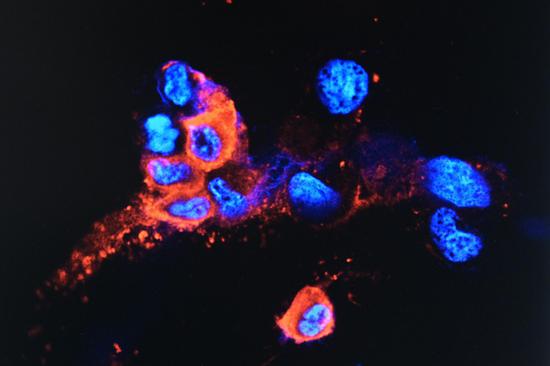
Liu Jifeng, deputy director-general of the National Astronomical Observatory of the Chinese Academy of Sciences (NAOC), speaks during a press conference of the black hole LB-1 discovered with the Large Sky Area Multi-Object Fibre Spectroscopy Telescope (LAMOST), in Beijing, capital of China, Nov. 27, 2019. (Xinhua/Zhang Yuwei)
The Large Sky Area Multi-Object Fiber Spectroscopic Telescope (LAMOST), a leading optical telescope project in China, will move from the northern province of Hebei to Qinghai in the northwest for better performance and clearer astronomical observation.
The telescope, also known as Guo Shoujing Telescope, went into operation in 2008 to collect high-quality spectra, an important collection of data that helps astronomers study celestial bodies' chemical composition, density, atmosphere and magnetism.
The relocation project is expected to take about one year and further construction of the telescope in Lenghu Town, Qinghai's Haixi Mongolian and Tibetan Autonomous Prefecture, will take another four years.
The Serteng Mountain in Lenghu Town, where LAMOST will be located, has a clear night sky, excellent for astronomical viewing, and less atmospheric disturbance and light pollution, according to Zhao Yongheng, executive deputy director of the LAMOST's operation and development center and a researcher from the National Astronomical Observatories.
LAMOST, one of China's first major astronomy science projects, has helped the country discover hitherto the most massive stellar black hole and the most lithium-rich giant star ever known. It has also acquired the ages of millions of stars, providing basic data for the study of galactic evolution.


















































 京公网安备 11010202009201号
京公网安备 11010202009201号